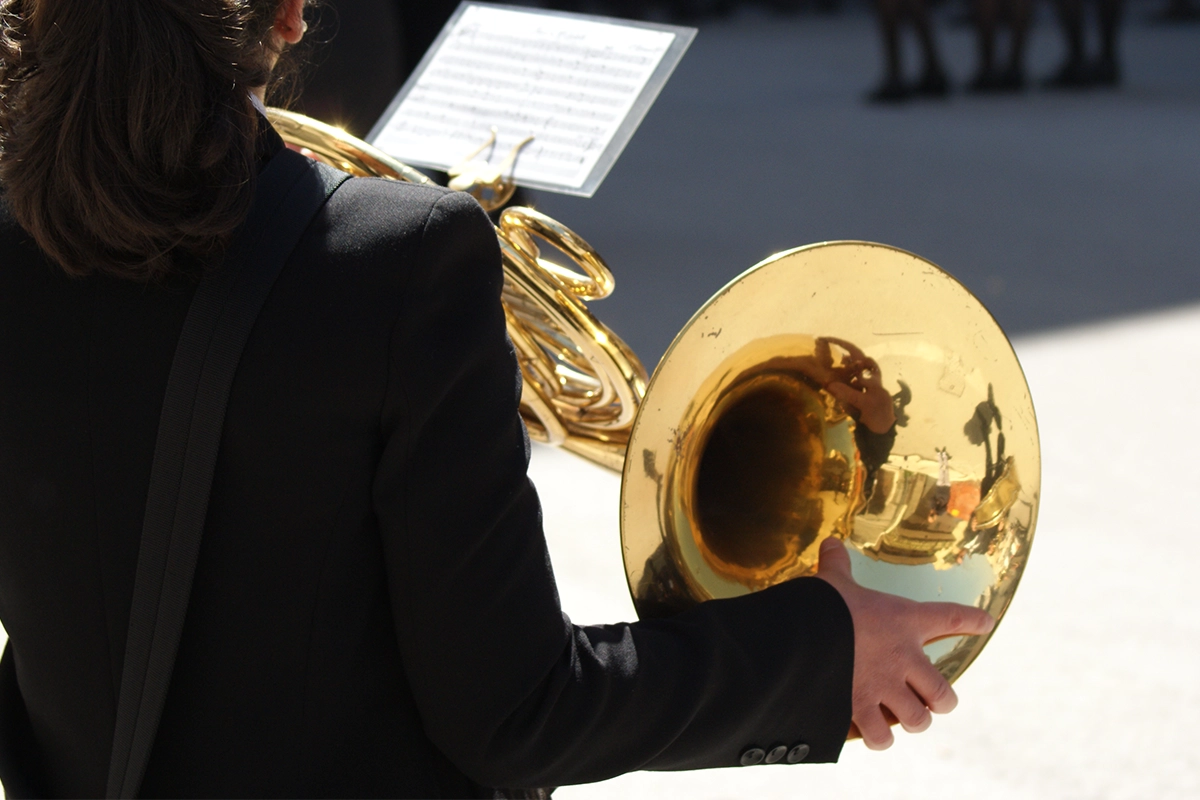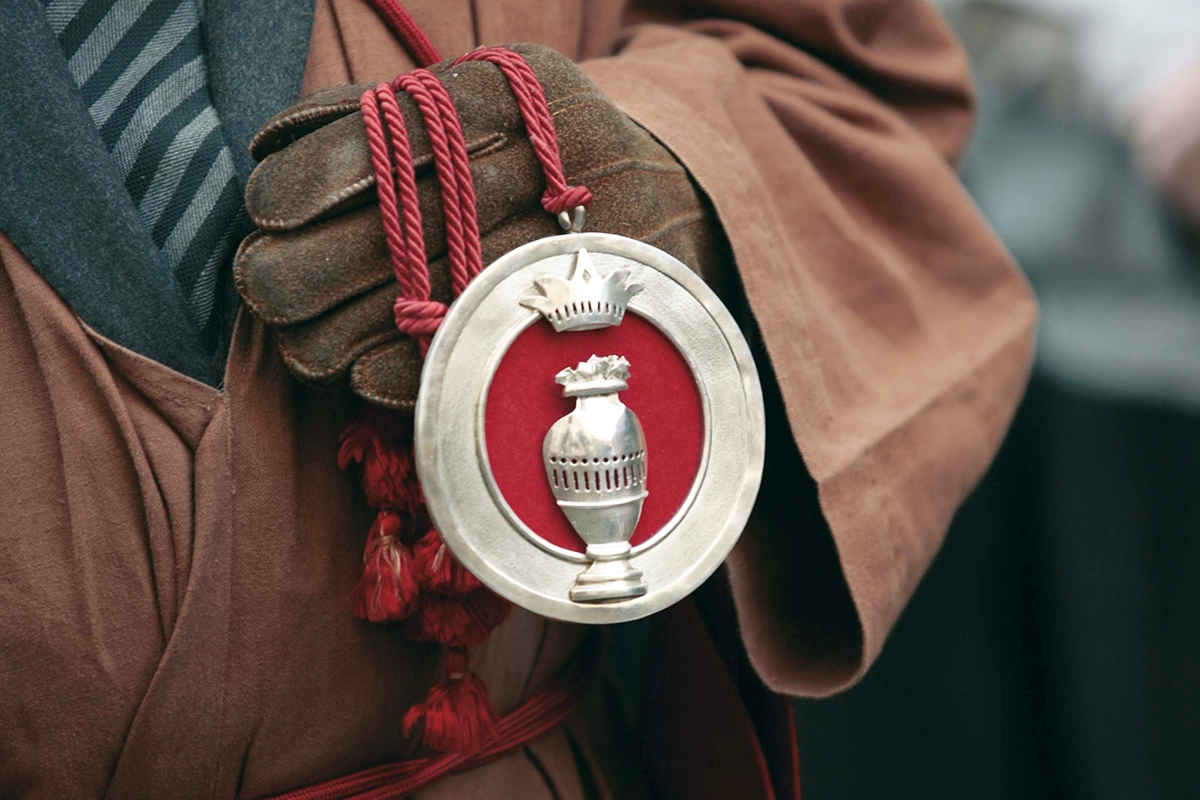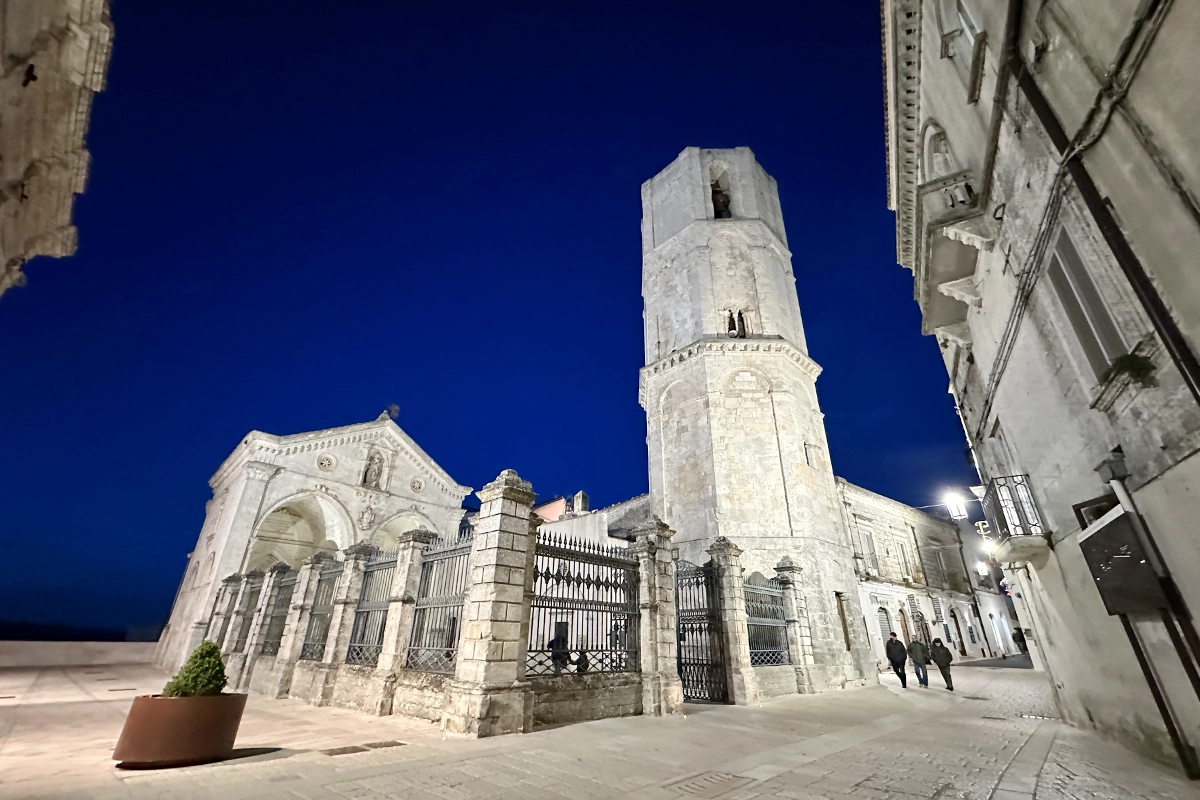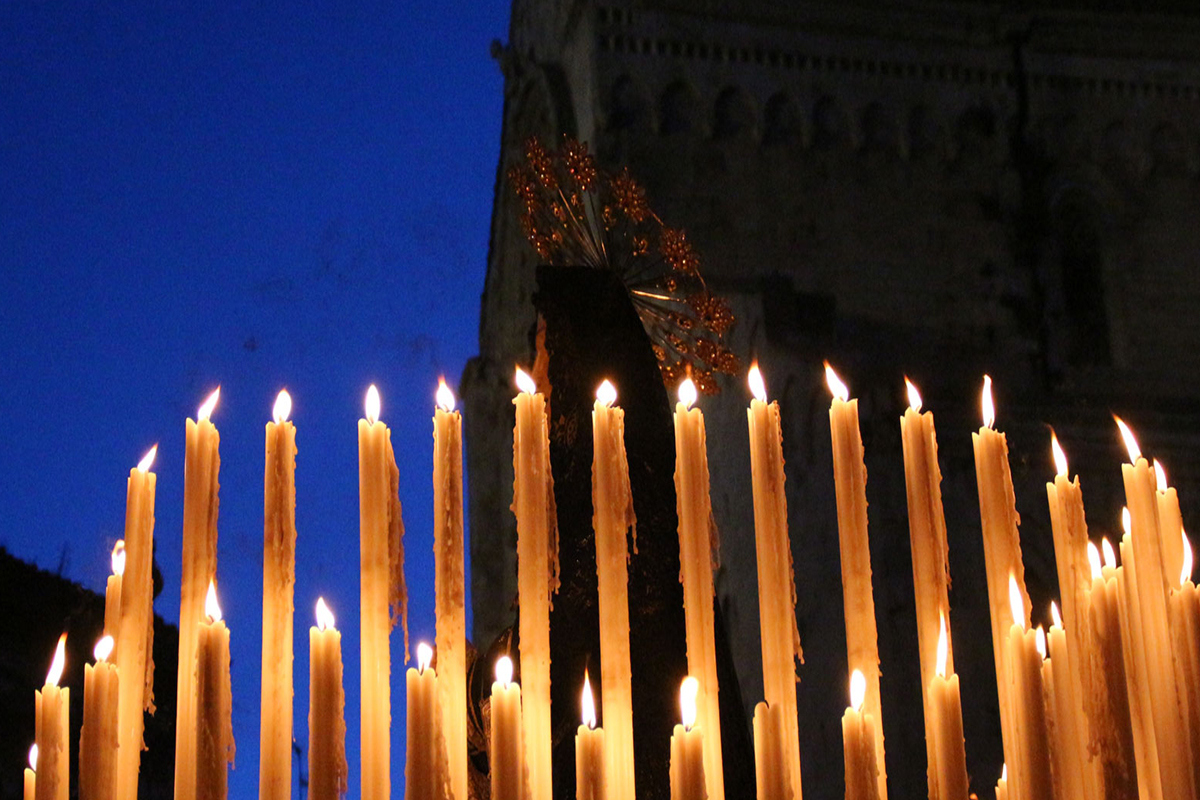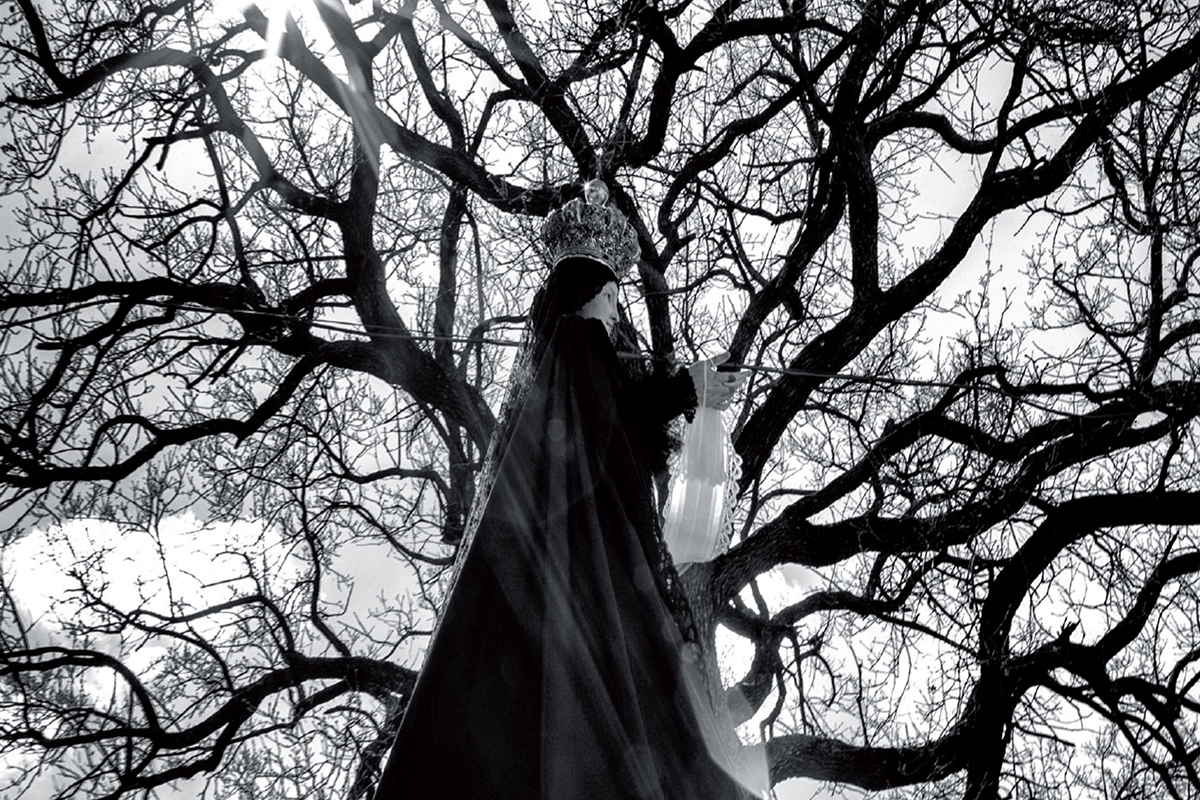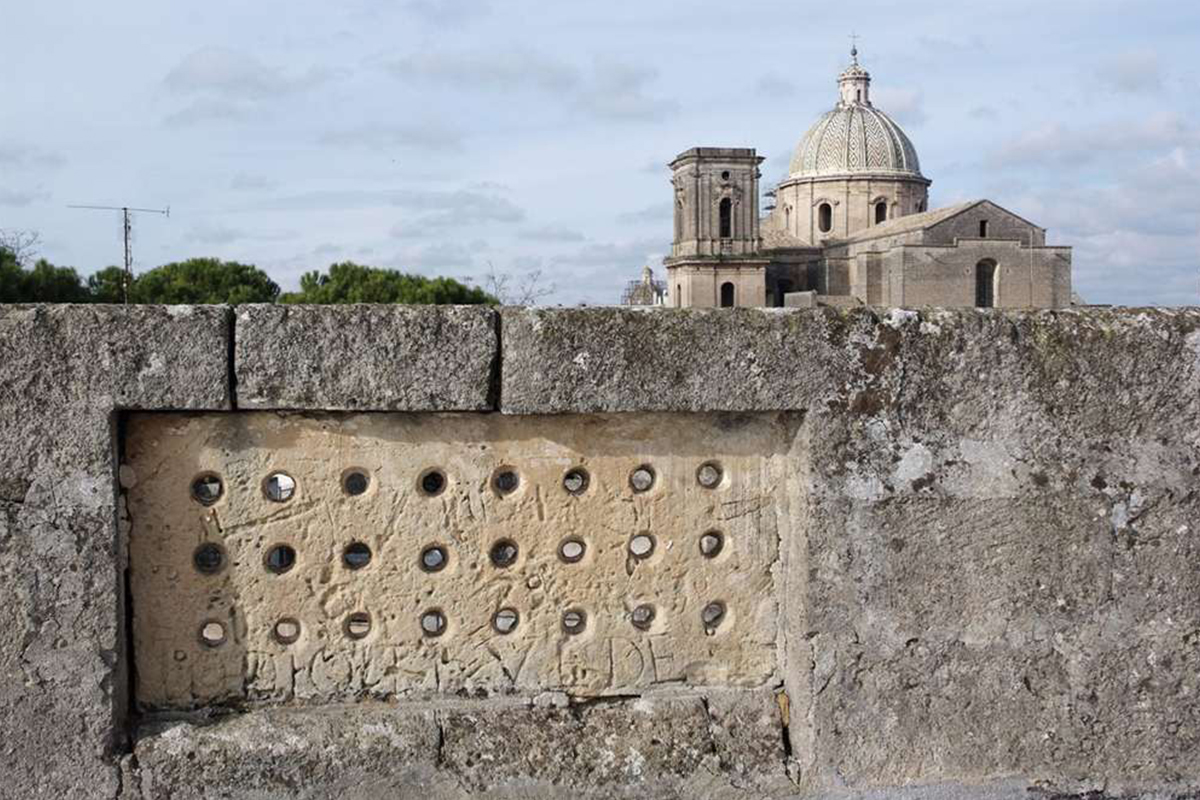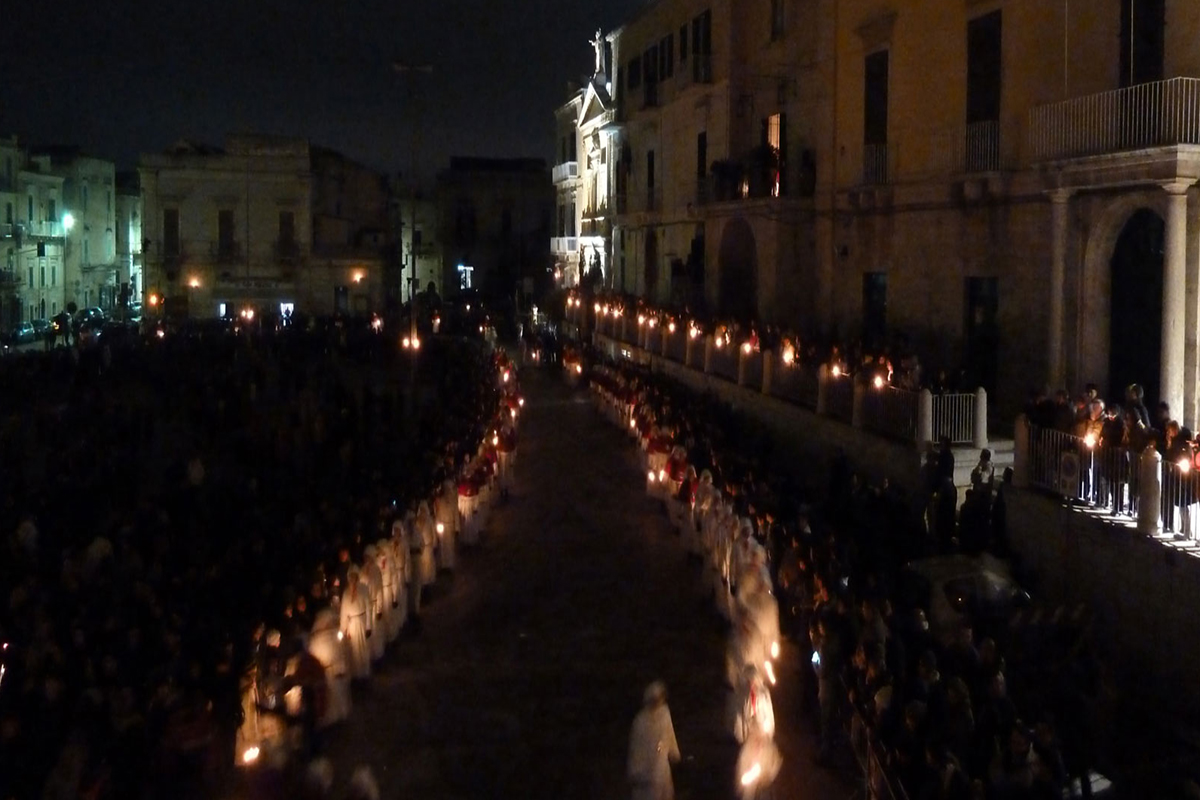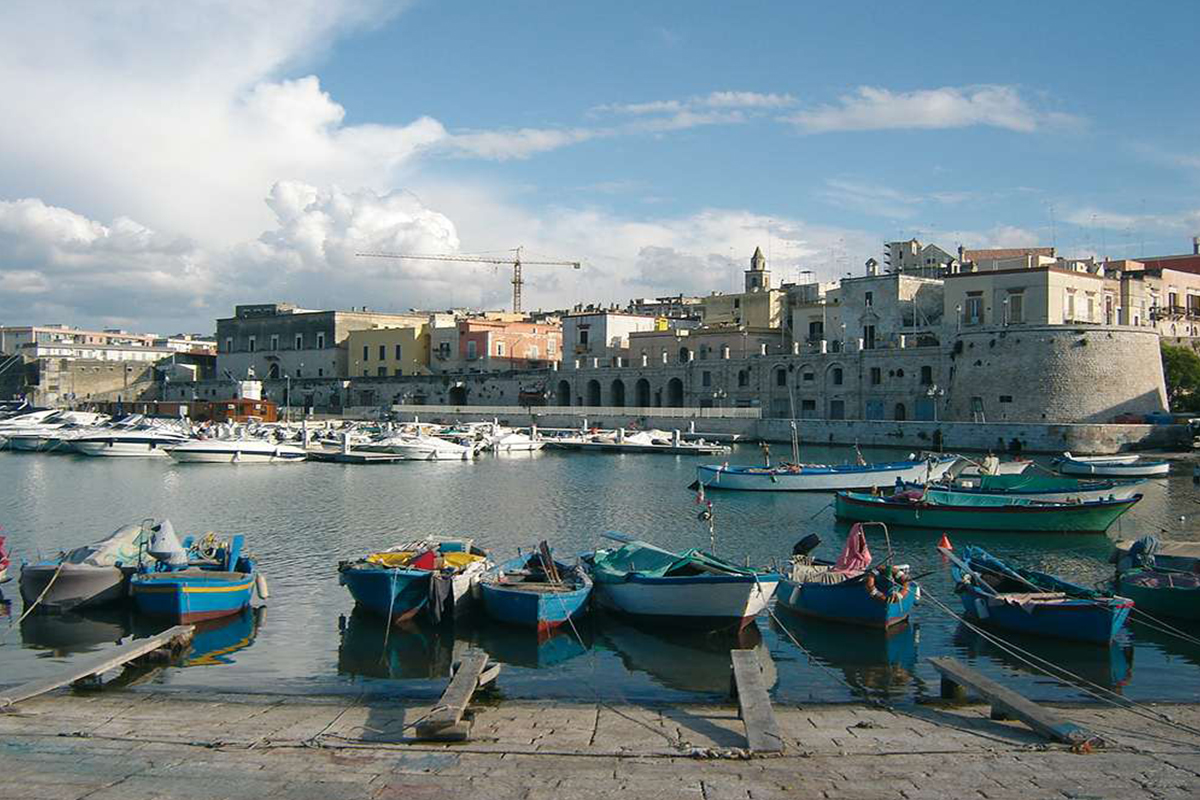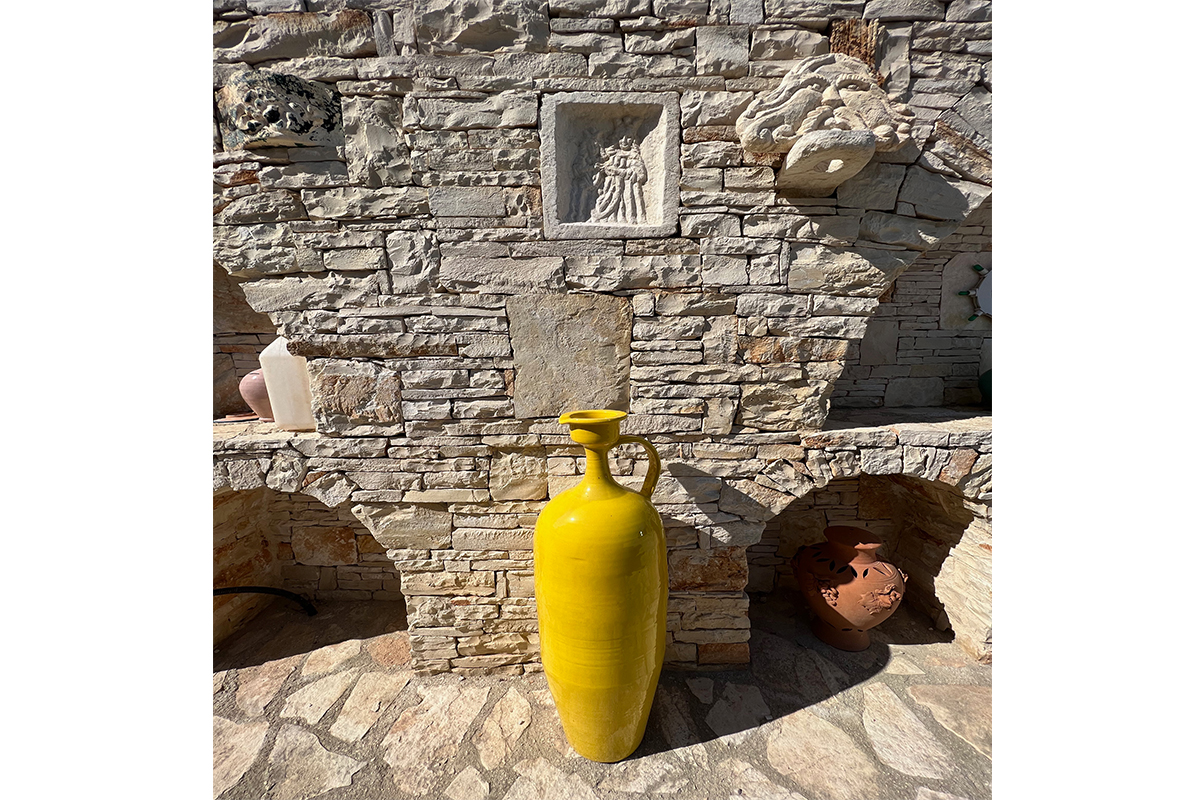Editorial Content
The Story
20 Gennaio 2025
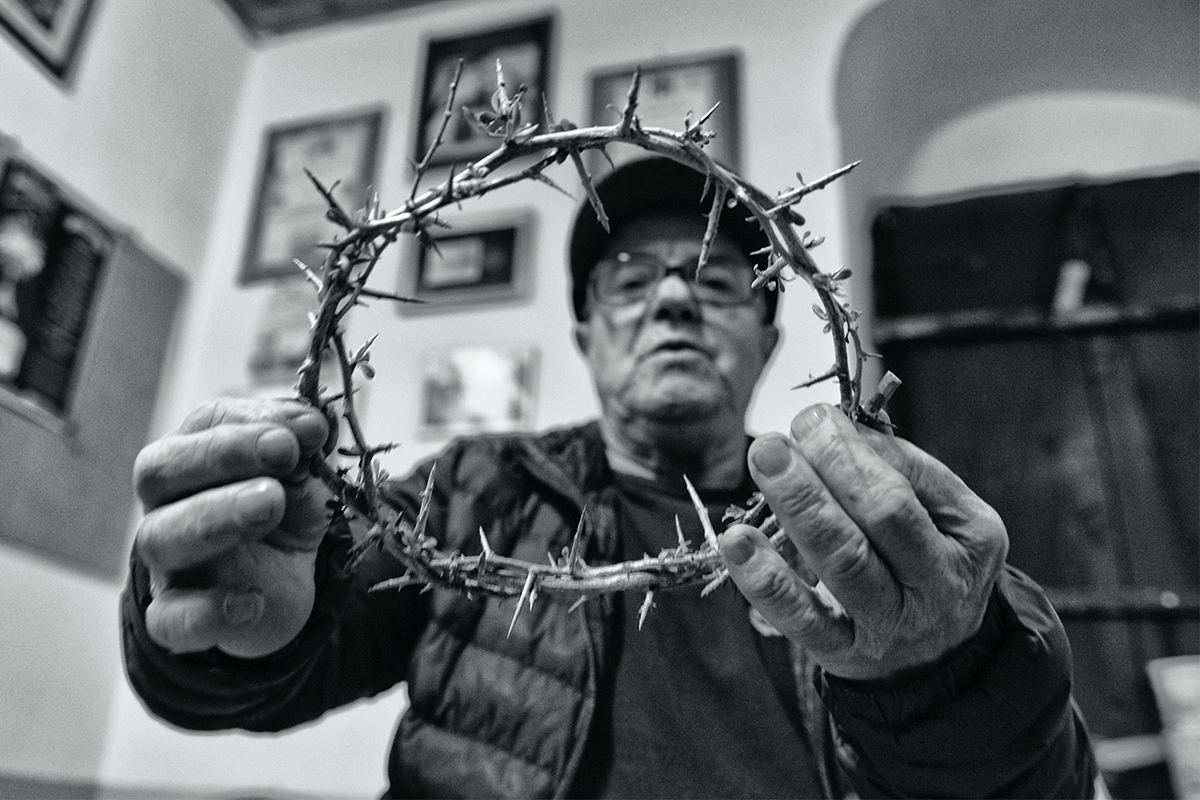
The Tale: Sacred Theatre and Devotion in the Land of Apulia
In Apulia, some paraliturgical events of Lent and Holy Week retain a strong theatrical and scenic dimension. Prominent among these are the l'incontro processions that are widespread in many places in the region, particularly in Capitanata.
In San Severo, the processions of the Madonna and the flagellated Christ follow separate routes, touching each other at dawn on Good Friday in the main square: the Virgin recognises her Son, but cannot embrace him because the barefoot crucifer's cross is hoisted up to prevent the encounter, emphasising the pathos of the scene. In Bisceglie, on the other hand, the contact takes place: in front of the monument of the Passion, the Virgin delicately kisses the forehead of Christ under the cross, a moment of intense emotion amid shouts and applause from the faithful.
In Roseto Valfortore, the entire Passion is re-enacted in the streets with statues and living characters, such as Veronica, Simon of Cyrene and Roman soldiers, following a collective oral tradition. In Martano, the procession with the statues of the Dead Christ and Our Lady of Sorrows is preceded by living ‘paintings’, similar to those that animate the Good Friday procession in Maglie. Here, the community participates en masse, closing with the statues of the departed Christ and the Madonna in gramaglie.
In and around Brindisi, confraternities organise septenaries, triduums and pilgrimages culminating in visits to the ‘sepulchres’ and solemn processions. Similar rituals are present in Manduria, where the confraternities practise the traditional greeting ‘salamlicc,’ and in Francavilla Fontana, with barefoot penitents carrying heavy wooden crosses, known as ‘pappamusci.’ In Troia, the ‘procession of chains’ sees five penitents advance barefoot with chains tied to their ankles, while in Noicattaro and Triggiano, the ‘via crauci’ carry crosses on their shoulders and chains of discipline.
In Taranto, the Easter rites are emblematic: the processions of Our Lady of Sorrows and the Mysteries go on for more than 36 hours, recalling ancient gestures such as the ‘nazzecata,’ a slow, ritual step accompanied by wooden crackling and funeral marches. Mottola follows a similar tradition with 17th-century statues and barefoot penitents like the ‘bbule bbuble’ of Grottaglie or the ‘perduni’ of Pulsano.
In the Bari area, the procession of the Mysteries in Valenzano includes around 50 private statue groups, concluding with the ‘big sermon.’ In Bitonto, the procession is opened by the confraternities, followed by Spanish statues, including the dead Christ in the golden ‘naca’. In Molfetta, the confraternities of La Morte and Santo Stefano organise the processions of Our Lady of Sorrows and the Mysteries respectively, with richly decorated statues. In Canosa di Puglia, the ‘Desolata’ on Holy Saturday is followed by girls in black singing the Hymn to the Desolata.
At Vico del Gargano, on Good Friday, statues of the Madonnas walk the streets in the morning, gathering in the evening. In San Marco in Lamis, the procession of the Madonna is lit by ‘fracchie,’ huge cones of flaming wood, creating a unique atmosphere. In many cities, relics of the Passion, such as the ‘stauroteche’ in Bitonto, Ruvo di Puglia and Andria, are carried in procession. Particularly venerated is the Holy Thorn of Andria, which renews miracles on special occasions.
The sacred representations, with costumed figures in natural settings such as the ravine of Ginosa.
See the Photogallery


 it
it en
en fr
fr es
es de
de pt
pt